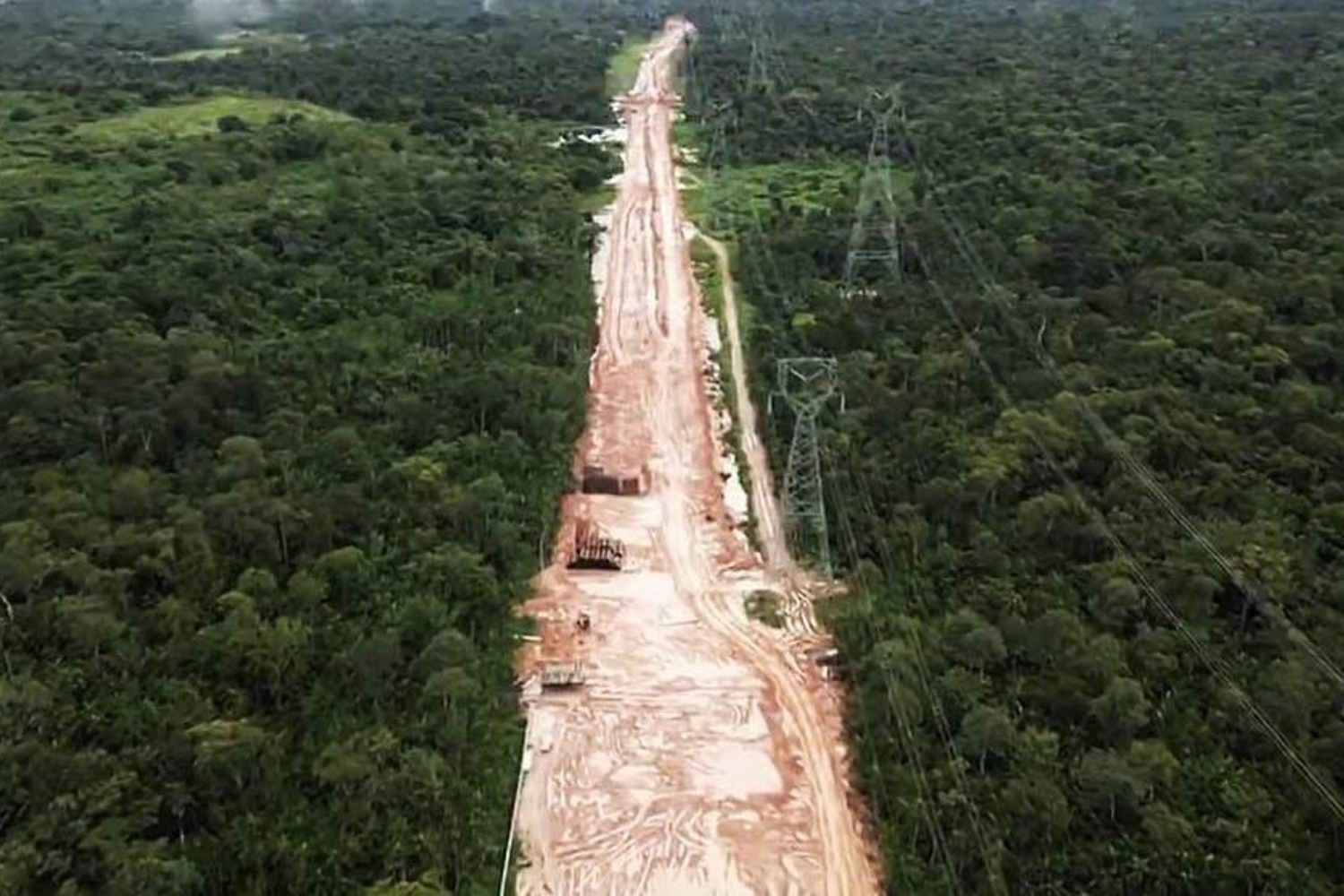Illegal gold mining has destroyed over 4,000 hectares of forest in the Amazon in the last two years, with the U.S. appearing among the importing countries

Illegal gold mining continues to wreak havoc on the Amazon rainforest, according to a new report from Greenpeace. Despite increased efforts by Brazilian authorities between 2023 and 2024, the mining hasn’t stopped — it’s just moved to new areas.
While certain Indigenous territories, such as the Yanomami, Munduruku, and Kayapó lands, saw a decrease in mining activity, the Sararé territory experienced a staggering 93% increase. Over the past two years, more than 10,400 acres of rainforest have been destroyed — an area roughly half the size of Manhattan.
“Toxic” gold flowing into global markets
This “toxic” gold doesn’t stay in Brazil. Greenpeace tracked its movement into the global marketplace and revealed that, in 2024, the main buyers were Canada, Switzerland, and the United Kingdom.
Mercury poisoning and community impact
The environmental destruction is just one part of the story. Indigenous communities and local ecosystems are suffering deeply. Mercury used in illegal mining operations contaminates water, soil, and animals — posing direct threats to human health. These mining activities also fuel territorial conflicts and social unrest in the region.
A resilient criminal network
The Brazilian government has made progress in tightening controls. The Supreme Court recently ruled that the origin of gold must be verified. But Greenpeace warns that illegal networks remain highly adaptable, easily shifting operations and routes.
Rising gold prices mean more pressure on the Amazon
The global demand for gold — and a 44% price surge in 2024 alone — continues to drive deforestation and exploitation. Greenpeace stresses that a coordinated international effort is needed to block illegal gold from reaching the market. Only through greater transparency, regulation, and shared political will can the Amazon — the planet’s largest rainforest — be protected.
